PayPal Stock Analysis: Reasons for Price Drop, and Growth Potential
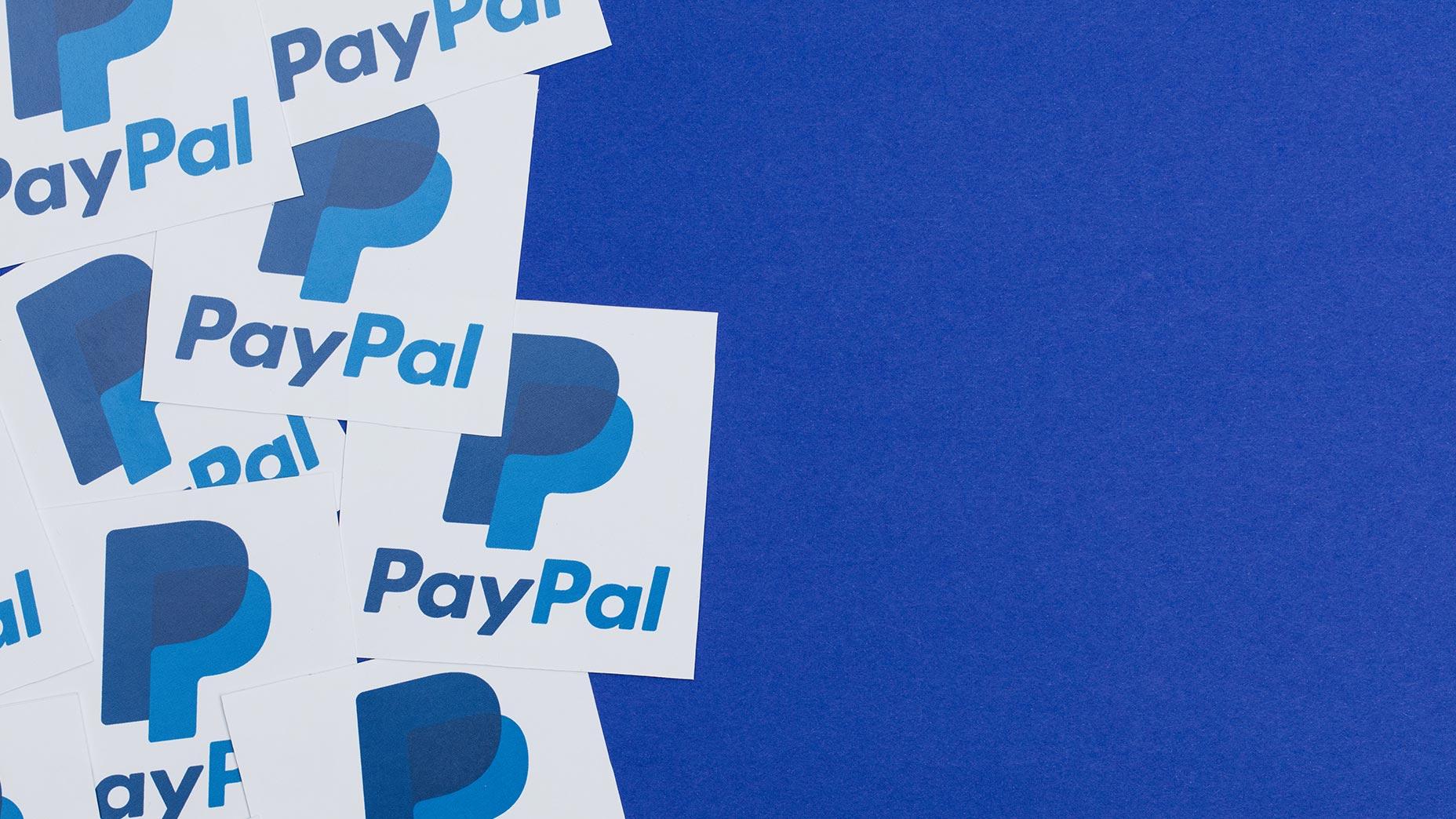
6 minutes for reading
PayPal Holdings Inc. (NASDAQ: PYPL) stock prices reached an all-time high of 310 USD per unit in July 2021. However, their trajectory shifted, and by August 2023, they had plummeted by 80% to 63 USD.
Today we will share with you the latest analysis of PayPal Holdings Inc. stock, explain the reasons behind its depreciation and try to assess whether a price reversal is possible under the current conditions.
PayPal in brief
American financial corporation PayPal Holdings Inc., established in 1998, owns the popular online payment platform PayPal. The corporation provides services to over 400 million users across 202 countries, transacting in 25 currencies.
PayPal Holdings Inc. went public on the NASDAQ in 2002, issuing 5.4 million shares at a price of 13 USD per unit. Its market capitalisation at the time of the IPO hovered around 800 million USD.
PayPal’s financial position in Q3 2021-Q2 2023
The operating profit of the financial corporation began to decline rapidly starting from Q3 2021. By the end of Q1 2022, the indicator dropped to its lowest value at 700 million USD. During this period, the price of PayPal Holdings Inc. stock plummeted from 310 to 95 USD per unit.
Despite decreased operating profits, PayPal Holdings Inc.'s revenue in 2022 remained above 2021 levels. Essentially, this means that the company was generating income, but its expenses were increasing, negatively impacting operating profit and business margins. The latter slid from a peak of 22.8% recorded in Q1 2021 to a low of 7.8% by the end of Q2 2022.
Causes for the decline in PayPal stock prices
- On 1 June 2021, the corporation suffered a major setback by losing its major client, eBay Inc. (NASDAQ: EBAY) as the e-commerce platform transitioned to its own payment system. As a result, the volume of PayPal transactions conducted by eBay clients notably decreased, and these operations had been a substantial source of the financial company’s revenue
- Competition intensified from Square, Stripe, Apple Pay, Google Pay, and other payment services. They could offer users lower fees, a wider range of services, and deeper integration with diverse platforms and applications
- Regulatory authorities in various countries increased their scrutiny of PayPal Holdings Inc.’s operations, where such scrutiny partly contributed to PayPal's challenge in competing against local services like Alipay and WeChat Pay
- The COVID-19 pandemic, on the one hand, boosted the growth of e-commerce and remote services, which positively impacted the business of PayPal Holdings Inc. On the other hand, the spread of the coronavirus led to reduced consumer income and spending, as well as a slowdown in international trade and tourism, which created unfavourable conditions for PayPal’s expansion
PayPal’s efforts to improve financial performance
- Restructuring organisational units to streamline coordination, reduce costs, and boost productivity. The product, technology, marketing, and sales divisions were merged into a single team responsible for strategy development and implementation
- Laying off 800 employees (4% of the workforce) to eliminate the duplication of responsibilities and functions, simplify workflow and speed up decision-making processes
- Transitioning to more cost-effective and environmentally friendly working practices. For example, expenses related to office rentals and business trips were reduced, with a substantial proportion of the workforce shifted to remote work
- Optimising the range of services and products, with the focus centred on the development of core areas of business such as the PayPal Zettle payment platform and the partnership with Ally Financial
As a result of these actions, the business margin of PayPal Holdings Inc. started to climb from Q3 2022, reaching 14.2% by Q2 2023. Operating profit during the same period surged from 0.7 billion USD to 1.1 billion USD. However, despite these improvements, the stock prices continued their descent, trading at 63 USD per unit at the time of writing.
Projects announced by PayPal in the summer of 2023
- On 20 June, PayPal Holdings Inc. signed an exclusive multi-year agreement with Kohlberg Kravis Roberts (NYSE: KKR) for collaboration on BNPL (buy now, pay later) lending scheme
- On 28 June, the company introduced Tap to Pay for businesses in the US, a feature that enables contactless payment acceptance through mobile devices without additional hardware
- On 26 July, it was announced that PayPal Holdings Inc. partnered with Microsoft Corporation (NASDAQ: MSFT) in the field of digital identification. Users of the PayPal platform will be able to use their accounts to access various Microsoft services
- On 7 August, the corporation announced the launch of its own stablecoin, PayPal USD (PYUSD). The token’s exchange rate will be stabilised through its peg to the US dollar, with Paxos Trust Company as its issuer
PayPal’s financial report for Q2 2023
- According to the quarterly report published on 2 August 2023, the revenue of PayPal Holdings Inc. increased by 7% compared to the corresponding period last year, reaching 7.29 billion USD. The consensus forecast was 7.27 billion USD
- EPS rose 24% to 1.16 USD
- Total payment volume (TPV) increased to 376.5 billion USD, up 10.8%
- The number of active PayPal accounts increased by 2 million to 431 million
- The revenue forecast for Q3 2023 is 7.4 billion USD with EPS ranging from 1.22 to 1.24 USD
PayPal stock analysis
Despite PayPal Holdings Inc.’s latest quarterly report exceeding expert estimates, the company’s stock continues to decline. On 11 August 2023, the quotes were below the 200-day Moving Average, which shows a prevailing downward trend. With a breakout of the support level at 60 USD, the value of the stock might tumble further. The situation can radically change following a breakout of the resistance level at 76 USD, which could lead to a reversal of the current trend and signal potential further growth.
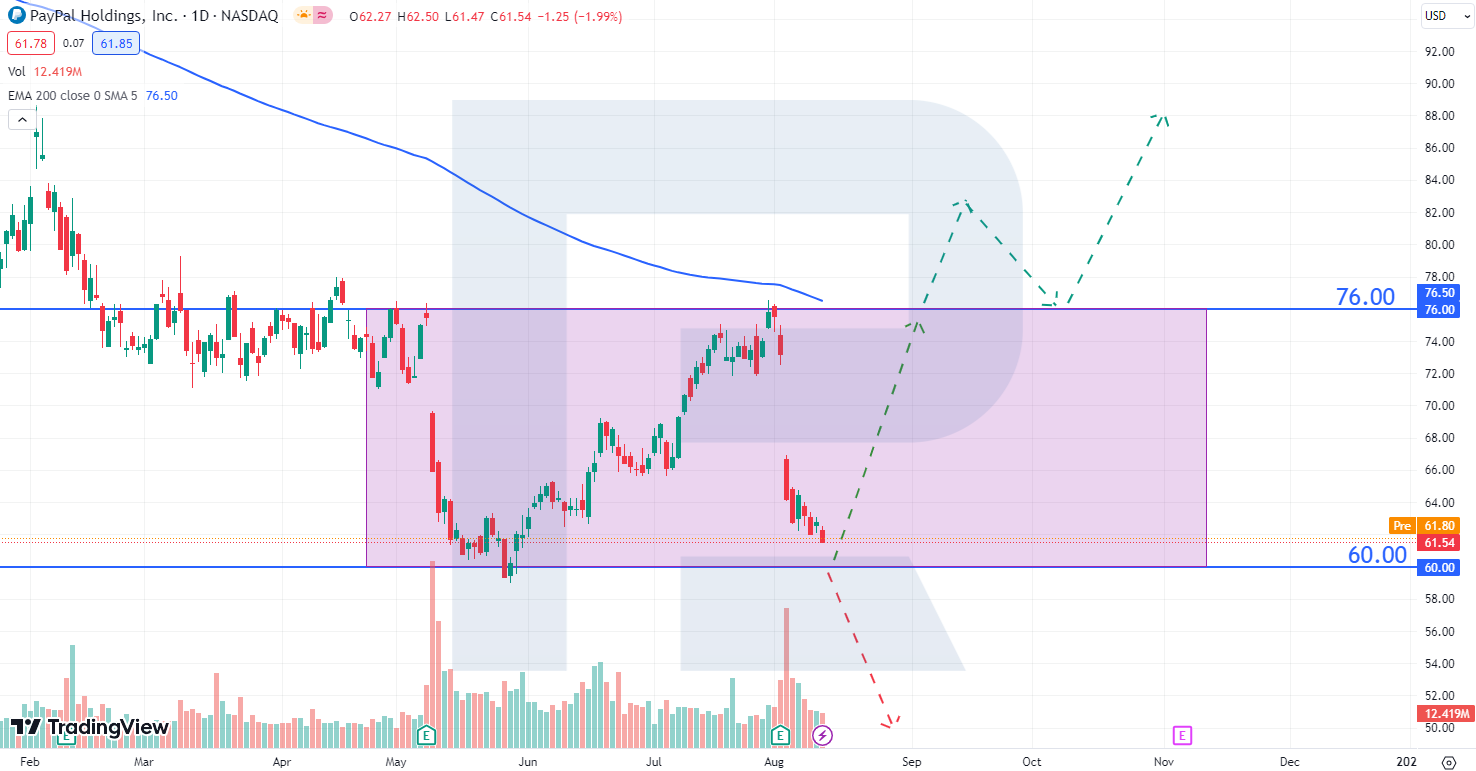
Summary
The business margins of PayPal Holdings Inc. are growing, revenue has reached record levels, exceeding those of 2021, and operating profit is headed to historical peaks. Management is announcing optimistic forecasts for the current quarter. Considering all these factors, the corporation’s stock appears to be undervalued and has every chance to rise.
However, it seems that investors are not rushing to buy these shares. They are probably concerned that large technology corporations may abandon PayPal, opting for their own payment services. The downtrend is likely to persist until market players change their opinion on the future of PayPal Holdings Inc.
* – Past performance is not a reliable indicator of future results or future performance.
The material presented and the information contained herein is for information purposes only and in no way should be considered as the provision of investment advice for the purposes of Investment Firms Law 87(I)/2017 of the Republic of Cyprus or any other form of personal advice or recommendation, which relates to certain types of transactions with certain types of financial instruments.
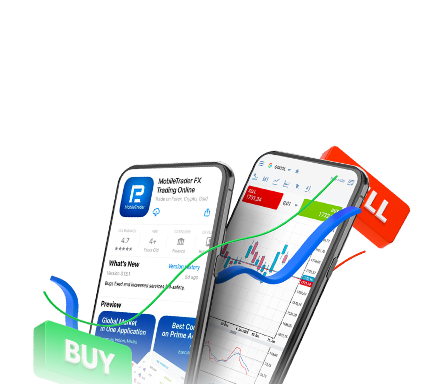


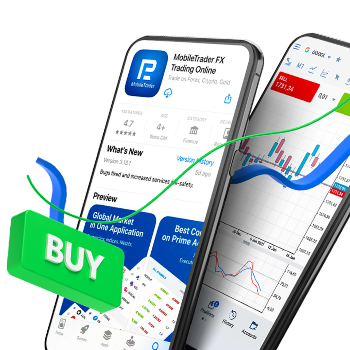

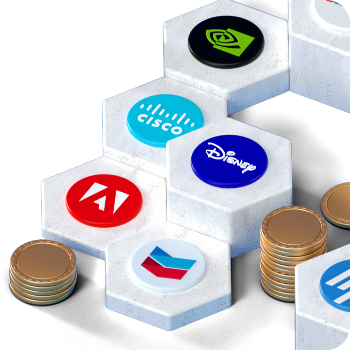
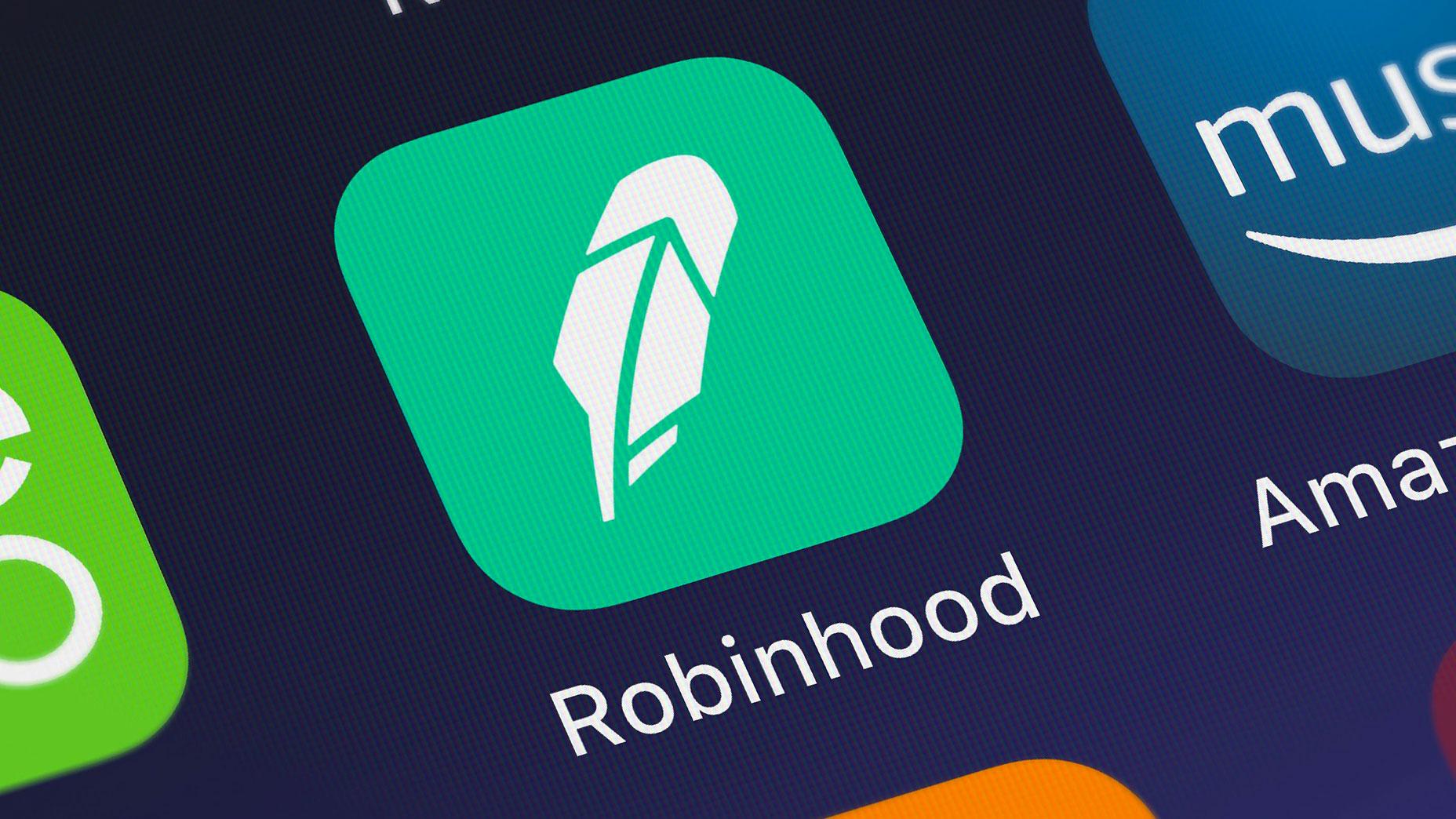
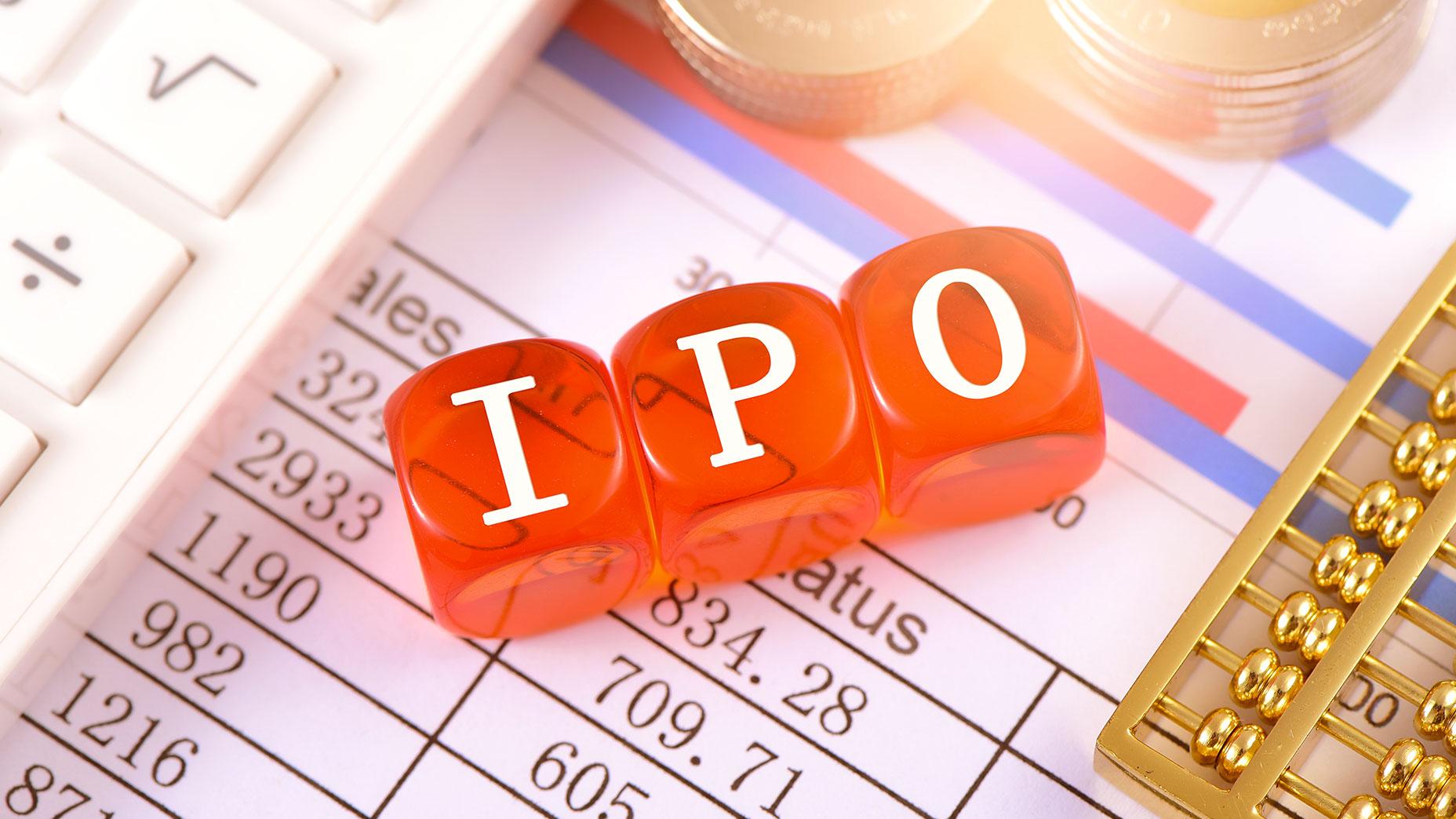






 are complex instruments and come with a high
are complex instruments and come with a high  of losing
of losing  rapidly due to
rapidly due to  . 65.68% of retail investor accounts lose
. 65.68% of retail investor accounts lose  when trading
when trading  with this provider. You should consider whether you understand how CFDs work and whether you can afford to take the high
with this provider. You should consider whether you understand how CFDs work and whether you can afford to take the high